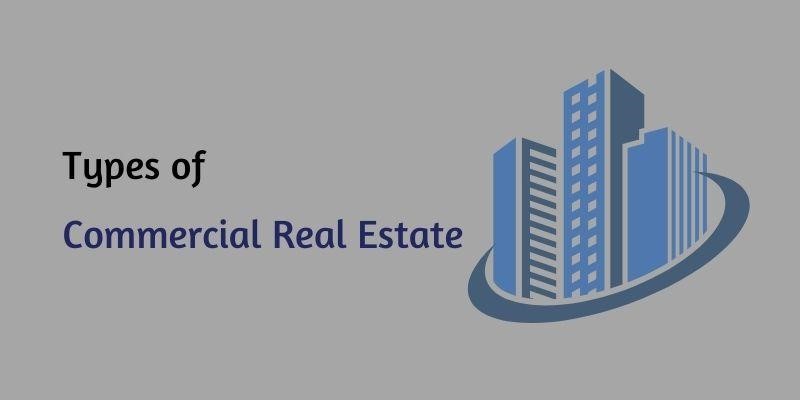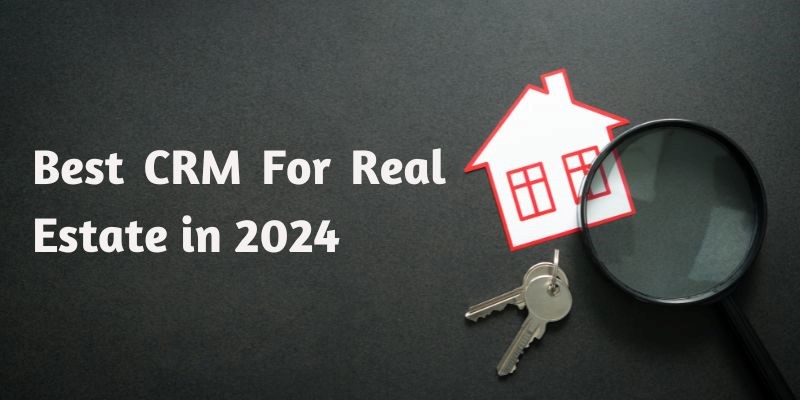The real estate industry plays a vital role in shaping our built environment and has a significant impact on energy consumption, carbon emissions, and resource depletion. As the world increasingly recognizes the urgency of addressing climate change, there is a growing need for the real estate sector to adopt green and sustainable practices. By implementing environmentally friendly strategies, the industry can mitigate its environmental footprint, reduce operating costs, enhance occupant well-being, and contribute to the overall global sustainability goals. This article outlines some best practices for building a green and sustainable future in real estate.
Embrace Energy Efficiency
One of the most critical aspects of sustainable real estate is reducing energy consumption. Incorporate energy-efficient designs, materials, and systems from the initial planning stage. Implement strategies such as proper insulation, high-performance windows, energy-efficient lighting, and intelligent building management systems to optimize energy usage. Additionally, consider renewable energy sources such as solar panels or wind turbines to generate clean energy on-site.
Prioritize Water Conservation
Water scarcity is a global concern, and real estate developments can significantly impact water resources. Implement water-conserving measures such as low-flow fixtures, dual-flush toilets, rainwater harvesting systems, and efficient irrigation techniques. Greywater recycling and wastewater treatment systems can also help reduce water demand and minimize strain on local water supplies.
Opt for Sustainable Materials
Choose eco-friendly and sustainable materials throughout the construction process. Utilize recycled or reclaimed materials, responsibly sourced wood, and products with low volatile organic compound (VOC) emission
s. Consider using sustainable alternatives to traditional materials, such as bamboo flooring or recycled glass countertops. Implementing sustainable material choices can reduce the environmental impact of construction and improve indoor air quality.
Foster Sustainable Landscaping
Landscaping should be designed with sustainability in mind. Incorporate native, drought-tolerant plants that require minimal water and maintenance. Utilize permeable surfaces, such as permeable pavements, to minimize stormwater runoff and replenish groundwater. Green roofs and vertical gardens can improve insulation, reduce heat island effects, and promote biodiversity.
Encourage Smart Growth and Connectivity
Promote smart growth principles by developing compact, mixed-use communities that minimize sprawl and encourage walkability, cycling, and public transportation. By reducing the need for car travel and providing easy access to amenities, sustainable communities can enhance the quality of life for residents while reducing greenhouse gas emissions and traffic congestion.
Implement Waste Management Strategies
Efficient waste management systems are crucial for sustainable real estate. Establish recycling programs, encourage waste reduction, and implement strategies for waste segregation. Explore opportunities for on-site composting and explore innovative waste-to-energy solutions. Minimizing waste not only benefits the environment but can also provide cost savings and improve the overall image of a development.
Foster Indoor Environmental Quality
Ensure optimal indoor environmental quality for occupants’ health and well-being. Prioritize natural lighting, adequate ventilation, and non-toxic building materials to create healthier indoor spaces. Implement effective acoustics, ergonomic designs, and comfortable thermal conditions. Promote the use of low-emission paints, adhesives, and furniture to minimize the presence of harmful chemicals.
Embrace Green Certifications and Standards
Seek certifications such as LEED (Leadership in Energy and Environmental Design), BREEAM (Building Research Establishment Environmental Assessment Method), or WELL Building Standard. These certifications provide frameworks for sustainable design, construction, and operations, helping developers and occupants recognize a commitment to environmental responsibility.
Conclusion
Building a green and sustainable future in real estate requires a holistic approach that incorporates energy efficiency, water conservation, sustainable materials, smart growth principles, waste management strategies, and a focus on indoor environmental quality. By adopting these best practices, the real estate industry can significantly reduce its environmental impact, improve resource efficiency, and contribute to a more sustainable and resilient future. Developers, architects, investors, and policymakers must work together to create a built environment that meets the needs of the present without compromising the ability of future generations to thrive.









